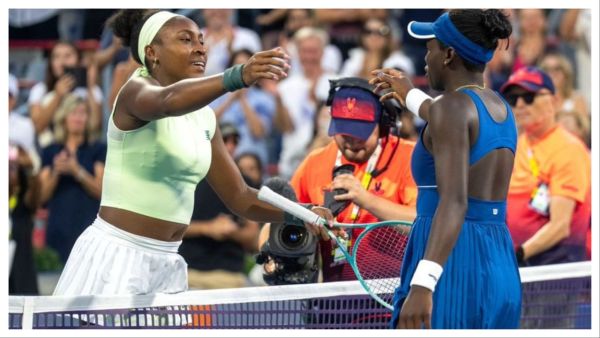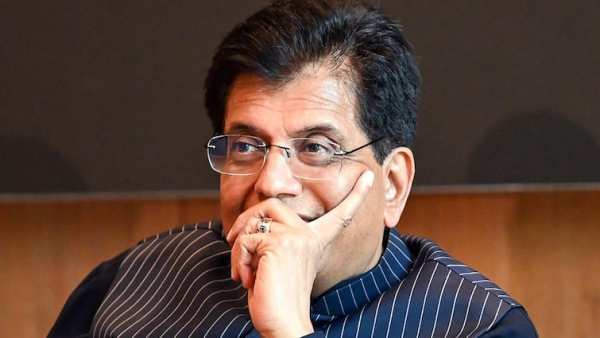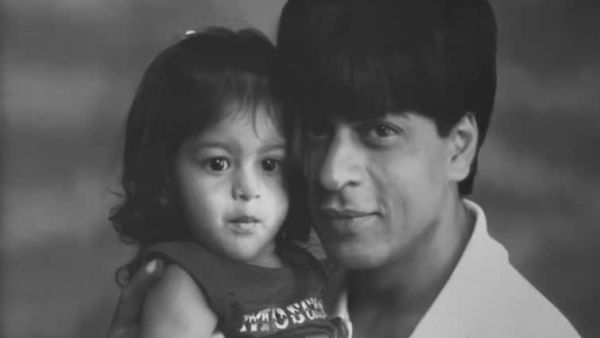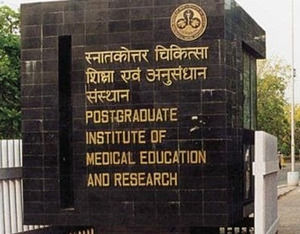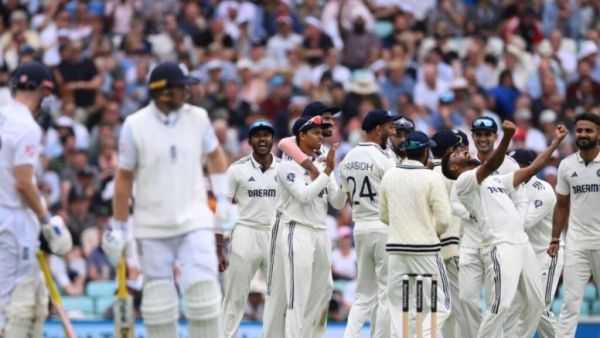It was 1982. When someone who was providing special complimentary meals refused to take off his top garment, a fight broke out at the Guruvayur temple complex’s dining hall. They insisted on knowing whether the one sitting among the shirtless guys wearing holy thread was a Brahmin.
Because it was a “Brahmin Oottu” (meal), people from other castes were not invited. Known for his unwavering battle against caste prejudice, Swami Ananda Theerthan, a student of spiritual guru and social reformer Sree Narayana Guru, was the one who questioned the tradition.
The next day, when Ananda Theerthan’s abuse made headlines, the government and temple officials came under heavy fire. K. Karunakaran, the chief minister at the time, responded quickly. ‘Brahmana Oottu’ was outlawed, and a communal feast was held in the same dining room. Karunakaran attended the ceremony alongside a number of other community members, including writer and Dalit activist Kallara Sukumaran.
Nevertheless, some temples still require male devotees to enter the temple with their top parts uncovered. Four decades later, there is a new controversy over the plea to abolish the shirtless custom made by Satchidananda Swamy, the leader of the Sivagiri Mutt, which was established by Sree Narayana Guru. In front of Kerala Chief Minister Pinarayi Vijayan, Satchidananda Swamy made his appeal at the first session of the yearly Sivagiri pilgrimage. The mutt leader said that the clothing rule was an abhorrent holdover from Kerala’s caste system and had nothing to do with religion or spirituality. “Devotees may approach the formless, nameless God with the aid of temples and deities. The adherents’ outward look and dress requirements are unrelated to it. The only thing that counts is what the devotee is thinking when at the temple and facing the god,” Swamy said.
He said that the clergy had created these clothing regulations in order to keep non-Brahmins out of temples. He made the point that, even in certain temples run by the Sivagiri Mutt, some non-Brahmin priests were attempting to impose such Brahmanical customs.
Satchidananda Swamy’s appeal was met with a cautious but welcome response by Vijayan, who had just a few days before tried to distance Sree Narayana Guru from Sanatana Dharma. He said that only once stakeholders in the temple had come to an agreement could the dress code limitations be lifted. The CM’s cool-headed reaction was likely influenced by the unpleasant experience his government had implementing the Supreme Court’s ruling allowing women of all ages to access the Sabarimala shrine.
“Satchidananda Swamy made a good proposal. However, the Devaswom board cannot decide on its own. Echoing the CM, P S Prasanth, head of the Travancore Devaswom Board, said that consensus is crucial.
Historian M G Sasibhooshan speculates that the clothing rule may have started out as a way to deter people from treating temples as tourist attractions or carelessly wandering inside them. However, he noted that because of similar customs with Malayali Brahmins, these limitations are only seen in Kerala or a select temples, such as the Sri Mookambika Temple in Karnataka. Devotees may access even the sanctum sanctorum of the majority of other Indian temples without being restricted by a clothing requirement.
Additionally, according to Sasibhooshan, the Kerala government attempted in vain to remove dress code prohibitions in the 1970s. After G Sukumaran Nair, general secretary of the Nair Service Society (NSS), publicly criticized Pinarayi Vijayan for endorsing Swamy’s plan, the conversation took a heated turn. Nair maintained that no one, not even the government, could change temple customs. Additionally, he questioned Satchidananda Swamy’s authority to examine temple customs. He said that the clothing code was a fundamental component of the customs and rituals that were unique to each temple.
The NSS general secretary was counterattacked by Vellappally Natesan, general secretary of Sree Narayana Dharma Paripalana (SNDP) Yogam, who said that such matters should not split the Hindu community. Akkeeraman Kaladasan Bhattathirippad, the president of the Yogakshema Sabha, adopted a more accommodative stance. Although he agreed that bad practices and needless limitations should be eliminated, he emphasized that adjustments must be made after more extensive consultation and on an individual basis.
He also disagreed with the claim that the clothing code was in place to make it easier for Brahmin priests to recognize members of their group. Temples have different traditions and customs. For example, non-Hindus are allowed to the Sabarimala temple, which has no dress requirement. However, women between the ages of 10 and 50 are not permitted entry to the same temple. Although we don’t oppose change, he said that it is regrettable to ascribe Brahminical predominance to everything.

